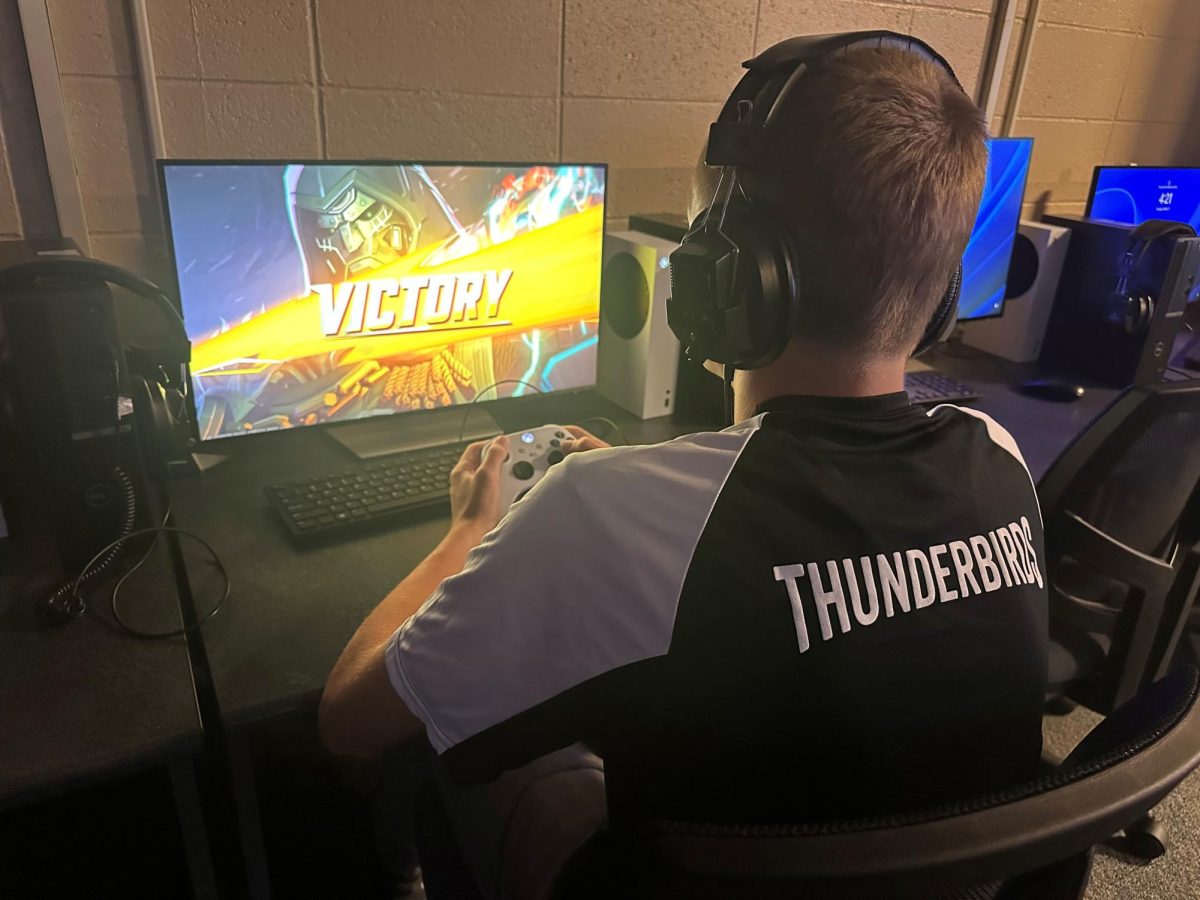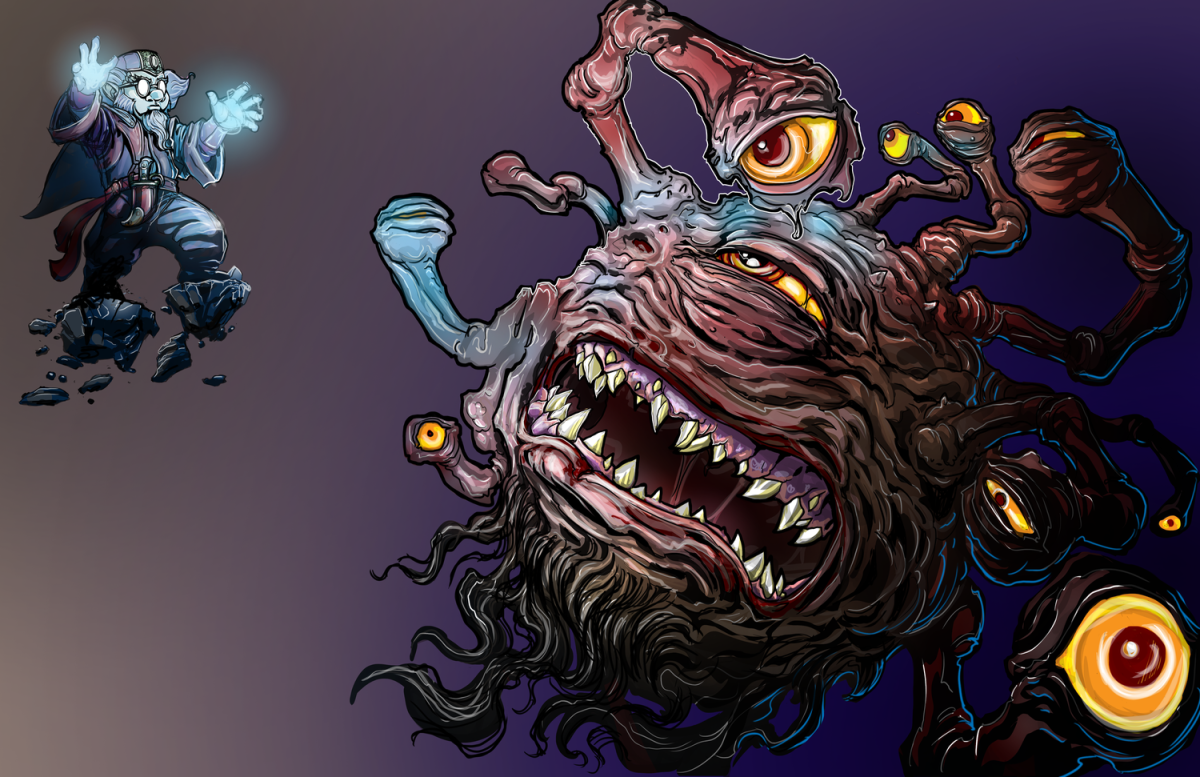Being a Dungeon Master (DM) is one of the most rewarding roles in Dungeons & Dragons. As a DM, you’re the storyteller, the referee, and the person who brings the world to life for your players. If you’re new to this role, running a D&D 5th Edition game may seem daunting, but with some guidance and practice, you’ll be able to create an exciting and memorable experience for your players. This article will walk you through the essentials of being a Dungeon Master, from preparation to gameplay tips, so you can confidently run your first adventure.
1. Understanding the Role of the DM
As a DM, you’re responsible for:
- Narrating the Story: You set the scene, describe what’s happening, and provide atmosphere.
- Playing NPCs and Enemies: You control all characters that aren’t player characters (PCs), from shopkeepers and allies to monsters and villains.
- Resolving Actions: When players attempt actions, you decide the outcome by using rules, rolling dice, and improvising as needed.
- Managing the Rules: You act as the game’s referee, interpreting rules, handling disputes, and ensuring fair play.
Your role isn’t to “win” against the players but to guide them through a story where they have meaningful choices and exciting encounters.
2. Prepare for the Game
Good preparation is key to running a smooth game. Here’s how to get started:
A. Create or Choose an Adventure
- Published Adventure: If you’re new, a pre-written adventure like Lost Mine of Phandelver (found in the Starter Set) is a fantastic place to start. These adventures provide a story, encounters, maps, and NPCs, letting you focus on storytelling.
- Homebrew Adventure: If you’re comfortable creating your own story, design an adventure that includes exploration, puzzles, social interactions, and combat. Create a simple premise and let the players’ actions shape the story.
B. Know the Basics of the Rules
Familiarize yourself with the core rules, especially combat mechanics and skill checks. Knowing how to resolve these quickly will make your game flow smoothly. While you don’t need to memorize every rule, understanding the basics of movement, actions, and how to roll dice will help.
C. Prepare NPCs, Monsters, and Key Locations
Outline important NPCs and their personalities or motivations. Have stats for monsters or villains ready, especially if you’re planning encounters. Familiarize yourself with locations or settings where the adventure might take place and any specific descriptions or maps you want to use.
D. Make a Session Outline
Create a simple session outline with key scenes or events. Don’t overplan—players may take the story in unexpected directions. Instead, prepare a few events or encounters that will occur no matter where the players go, and be ready to adapt.
3. Running the Game
Once your players are gathered and you’re ready to start, keep the following in mind:
A. Set the Scene and Introduce the World
At the start of each scene, give players context: where they are, what they see, and what’s happening around them. Use sensory descriptions (sights, sounds, smells) to make the setting come alive.
B. Guide the Players’ Actions
Allow players to describe what they want to do, then determine what kind of roll or action it requires. For example:
- Skill Checks: When a player wants to perform an action with an uncertain outcome, such as sneaking past guards or investigating a room, call for a skill check like Stealth or Investigation.
- Combat Actions: In combat, players typically have options like Attack, Cast a Spell, and Dash. Follow the turn order to keep combat organized.
C. Improvise and Adapt
No matter how much you prepare, players will surprise you. Embrace this and use it to create unique story moments. If players take a side path or make an unexpected choice, go along with it and adapt. Improvising is an essential skill for a DM, and your players will appreciate the freedom to explore.
D. Keep the Game Moving
Try to keep a good pace by managing game time and encouraging players to make decisions. You don’t have to describe every detail of an event if it isn’t important to the story. When players get stuck, offer subtle hints or remind them of their options.
4. Engaging Your Players
To create an enjoyable experience for your players, consider these tips:
A. Encourage Role-Playing
Encourage players to interact with the world and each other in character. You can help by asking them questions in-character or describing the reactions of NPCs to the players’ actions.
B. Make Each Player Feel Important
In combat, puzzles, or social situations, give every player a chance to shine. Tailor encounters or moments that cater to different characters’ skills, backgrounds, or personality traits.
C. Use Rewards Wisely
Reward players with treasure, items, or story-related bonuses for good role-play or clever problem-solving. It doesn’t always have to be a magic item; it could be recognition from a local lord, a favor from an NPC, or even a piece of lore about the world.
D. Balance Challenges
Gauge your players’ abilities and try to provide challenges that are tough but fair. Too easy, and it feels unsatisfying; too hard, and it may discourage players. Balance is key, and if you see things going too far in one direction, adjust on the fly. For example, reduce enemy hit points if the battle seems overwhelming, or add reinforcements if it’s too easy.
5. Managing Combat
Combat can be one of the trickiest parts of DMing, but with a few techniques, you can keep it engaging and efficient:
A. Describe the Action
Instead of saying, “The orc attacks,” describe what the players see: “The orc charges forward, swinging its massive axe with a bellowing roar!” Vivid descriptions make combat more immersive.
B. Keep Track of Initiative and Hit Points
Use an initiative tracker to remember the order of turns and have a way to track each creature’s hit points. Keep notes simple and don’t hesitate to simplify encounters for speed, if necessary.
C. Encourage Creative Tactics
When players come up with unique or creative tactics, reward them by letting them try it, even if the rules don’t cover it explicitly. You can ask them to make an ability check to see if they succeed.
6. Wrapping Up the Session
Every session should have a natural ending point, whether it’s after a climactic battle or when the players return to town. Consider leaving the session on a cliffhanger to build excitement for the next one. At the end, recap what the players accomplished and hint at what’s coming next.
7. After the Game: Reflect and Improve
After the session, take a moment to reflect on what went well and what could improve. If possible, ask your players for feedback. Every game you run is a learning experience, and even seasoned DMs find ways to refine their style over time. Note down any plot points you need to revisit, NPCs to remember, and ideas for the next session.
DM Tips for Success
Here are some final tips to help you succeed as a Dungeon Master:
- Be Flexible: D&D is a collaborative story. Let your players’ choices shape the narrative and adapt as needed.
- Use Props and Visuals: Maps, miniatures, or even a good description of an old book or strange artifact can make the game world feel real and immersive.
- Don’t Sweat the Small Stuff: If you forget a rule or make a mistake, don’t let it derail the game. Keep moving, and address any issues after the session.
- Encourage Fun: Fun is the ultimate goal of any D&D game. Laugh at the unexpected, roll with the punches, and remember that every session is a chance to create memorable stories together.
Conclusion
Being a Dungeon Master is challenging, but it’s also one of the most creatively fulfilling experiences in D&D. By preparing, being flexible, and focusing on the players’ experience, you’ll create a world they can’t wait to explore. So grab your notes, open up your adventure, and step into the world as the storyteller, creator, and guide. The adventure awaits, and you’re the one who brings it to life!












